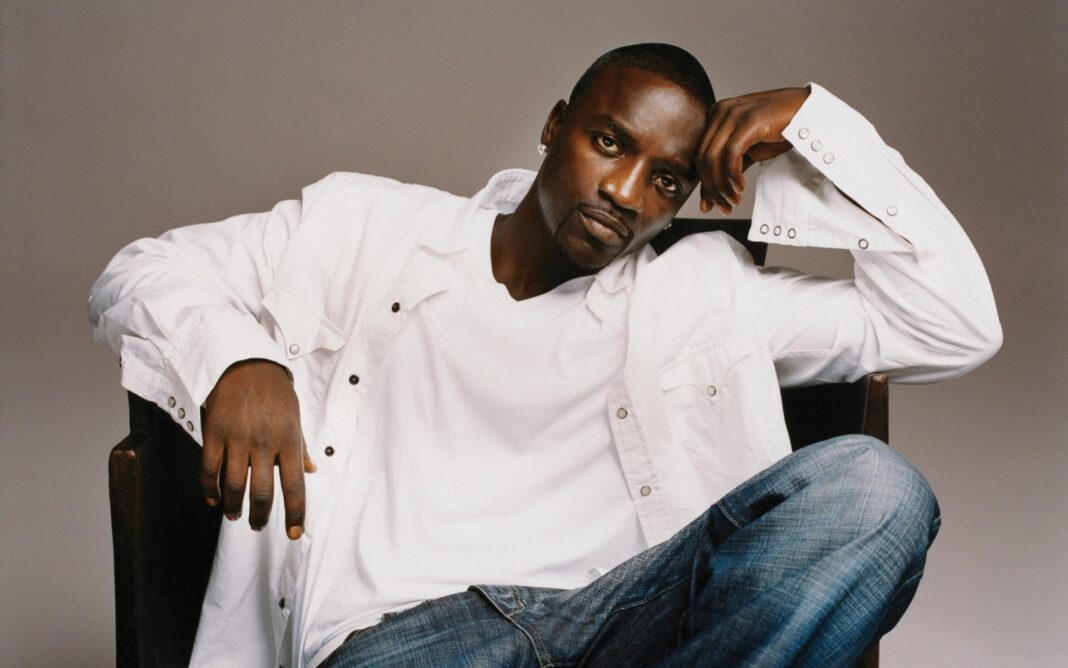TikTok’s latest crackdown has hit Kenya hard, with over 43,000 accounts banned and 450,000 videos removed in just three months.
The numbers from the platform’s first quarter report reveal a digital cleanup that’s unprecedented in scale, raising questions about what Kenyan users are posting and why so much content is crossing the line.
The social media giant isn’t just randomly deleting content.
Their advanced AI systems caught 92.1% of the problematic videos before anyone even saw them, which means there’s a constant battle happening behind the scenes that most users never witness.
With a 99% global detection rate, TikTok has essentially become a digital bouncer, stopping harmful content at the door.
What’s particularly striking is the variety of violations that led to these removals.
The platform is targeting misinformation, hate speech, and violent content with increasing precision.
In Kenya’s context, this likely reflects the political tensions and social divisions that have spilled over from offline conversations into our digital spaces.

When people get heated about politics, economics, or social issues in their daily lives, those same emotions often surface in their TikTok posts.
The human element of this story can’t be ignored.
Each banned account represents someone who built a following, created content, and possibly even earned income through the platform.
For many young Kenyans, TikTok isn’t just entertainment; it’s become a career path, a creative outlet, and a way to connect with others who share their interests.
TikTok’s partnership with Childline Kenya reveals another troubling aspect of the removals.
The platform is specifically addressing content related to suicide, self-harm, hate, and harassment, suggesting that some of the deleted material posed serious risks to vulnerable users, especially teenagers and young adults who make up a significant portion of the platform’s audience.
The enforcement extends beyond just video posts.
TikTok also cracked down on live streaming, stopping 19 million live sessions globally during the same period.
This suggests that real-time content moderation has become just as crucial as monitoring pre-recorded videos, especially when creators interact directly with their audiences.
For content creators who survived the purge, these numbers serve as a wake-up call.
The platform’s community guidelines aren’t suggestions, they’re actively enforced rules that can make or break a digital career.
Understanding what crosses the line has become essential for anyone serious about building a presence on the platform.
The silver lining in TikTok’s aggressive moderation approach is that it’s creating safer spaces for genuine creativity and positive community building.
When hate speech, misinformation, and harmful content get filtered out early, the platform becomes more welcoming for users who want to share authentic, positive content.
As Kenya’s digital landscape continues evolving, this TikTok crackdown represents a broader shift toward accountability in social media.
The days of posting whatever comes to mind without consequences are clearly over, and users who adapt to this new reality will find more success than those who continue pushing boundaries.
The message is clear: TikTok wants to keep its platform safe, even if it means alienating users who can’t follow the rules.
For the millions of Kenyan users who remain, this could mean a better, cleaner experience—as long as they stay on the right side of the community guidelines.


